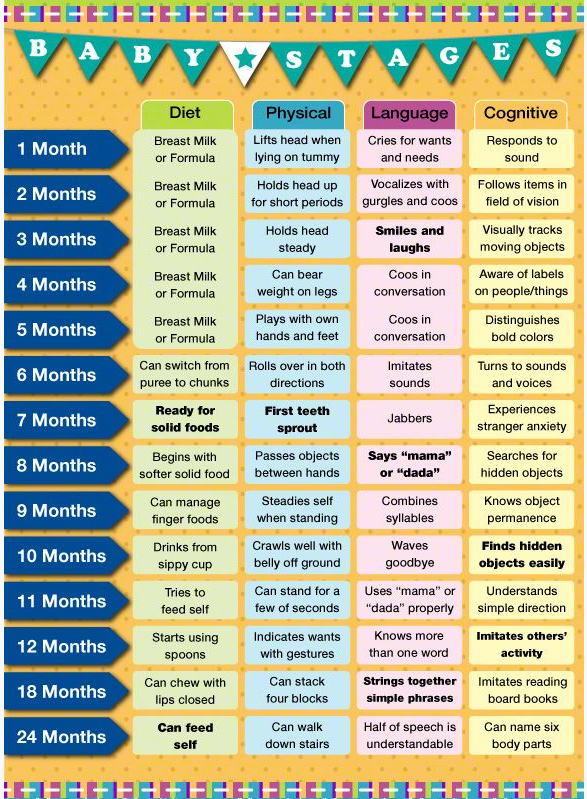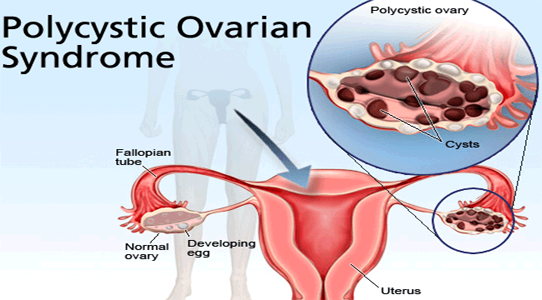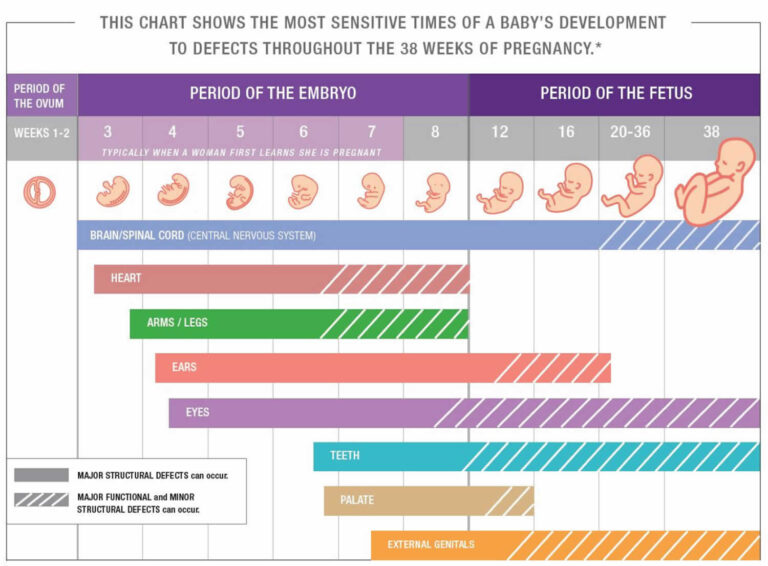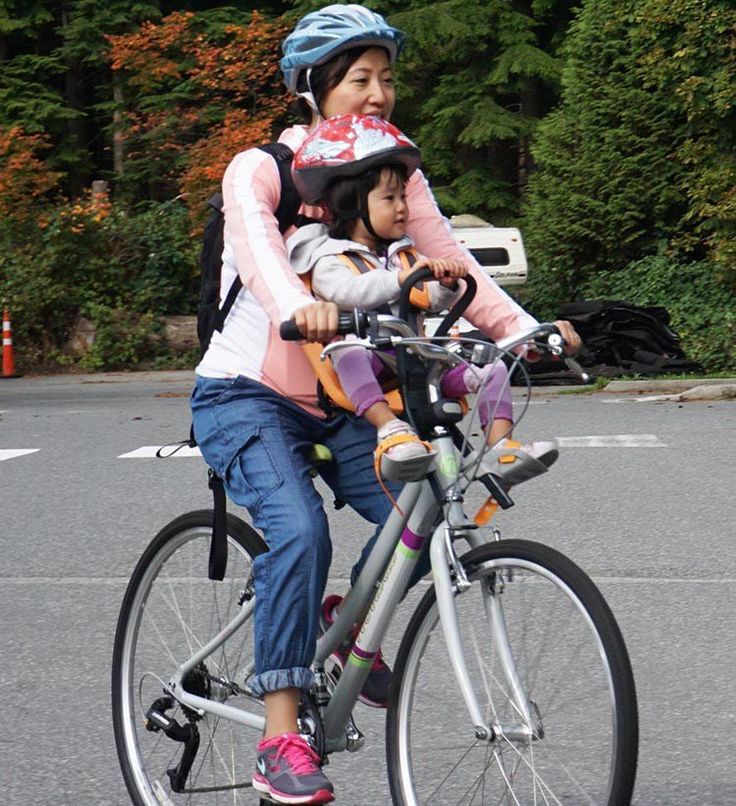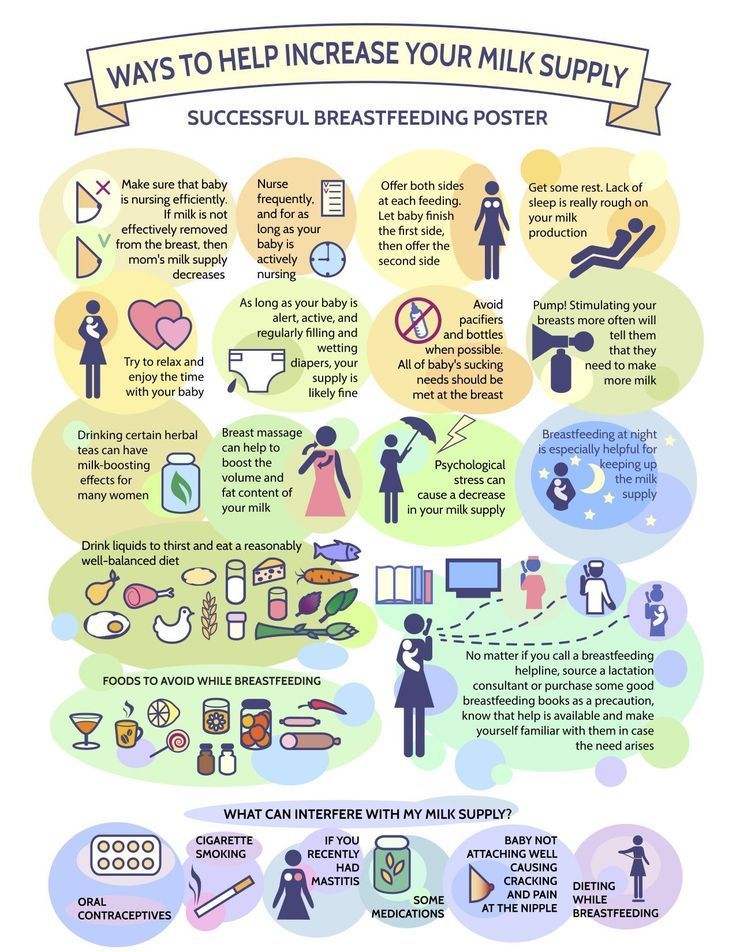2 month old standing
Baby Standing Milestone: What to Expect?
It is so exciting (and somewhat bittersweet) to watch our babies grow, develop, and become more mobile. We are always looking toward that next milestone, like baby standing!
After a baby has mastered sitting up and crawling, they are well on their way to pulling to stand, baby standing unassisted, getting into standing by themselves, cruising along furniture, and then before you know it, they are walking across the stage at their high school graduation!
Okay, I am joking, but it does seem to go that fast!
It is so fun to watch them start to explore the world in new and exciting positions, like baby standing or sitting up.
If you are not sure on what to expect with each baby milestone, this one will cover baby standing, but you can read this blog about baby roll over to see what comes before standing!
In this blog, we will cover:
- When do babies sit up
- When do babies start crawling
- When do babies pull up to stand
- When do babies stand with support
- When do babies stand up unassisted
- When do babies walk/when do babies start walking
- Baby standing too early
- Baby standing at 2 months
- Baby standing at 3 months
- Baby standing at 7 months
- Baby standing up toys
- Baby standing walker
After your baby has mastered rolling from doing a lot of tummy time (which is important for strengthening the muscles in their neck and core), they will start to sit unassisted when placed in that position.
Your baby may have the skills to sit independently (meaning unsupported, not touching them) for 30-60 seconds (or longer) when placed in a sitting position around 6 months of age.
Getting in and out of a sitting position independently (meaning from the floor into sitting and sitting back down onto their side/stomach/back) is more of a 7-9 month milestone.
While the first 3-4 months of life are focused on tummy time activities (because this is the foundation for strengthening those extensor muscles/muscles along their back), the months that follow that are for positions like sitting, standing, and crawling.
In utero, your baby is in a flexed position, meaning they are curled in the “fetal position.” This elongates the muscles along their back, stretching them.
That means those muscles are fairly weak and need a lot of work (tummy time) in order to get stronger and support their bodies in other developmental positions.
Other reasons tummy time is important include:
- Can help to prevent flat spots
- Strengthens neck and shoulder muscles for sitting, crawling, and walking
- Improves your baby's motor skills (using muscles to move and complete an action- this is important for neurological development)
From birth, babies would benefit from short periods of tummy time, a handful of times a day.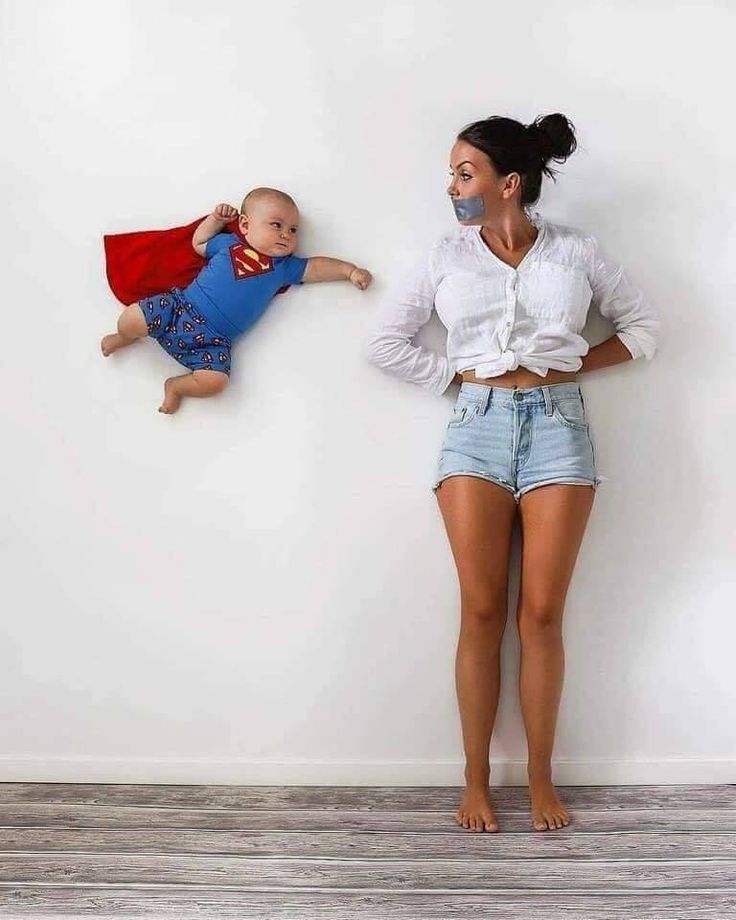 One to two minutes at a time can really add up at the end of the day!
One to two minutes at a time can really add up at the end of the day!
What if your baby hates tummy time? Tummy time counts in a lot of different ways and does not have to be just belly down on the floor.
When you have a newborn, you can do tummy time while skin to skin on you or your partner’s chest. This is great for bonding as well!
Baby wearing also counts as tummy time, because they are off of their back (which is for safe sleep) and they may have to work on head control while being worn. If you are not familiar with safe baby wearing, you can get a quick refresher for what TICKS is!
You could place them over a boppy pillow, over a towel/blanket that is rolled up, across your lap, or with your arms under their chest, supporting them.
You may also place some gentle pressure on their bottom down and toward their feet to shift some of their weight backward, making it easier for them to lift their head. This can alleviate a lot of frustration for them!
You can always get down on the floor and interact with them (or enlist the help of older siblings if they have them/are available). You can make funny faces, sing songs, and play with their favorite toys.
You can make funny faces, sing songs, and play with their favorite toys.
They may cry or get upset during tummy time. Try to not pick them up automatically, but rather soothe and comfort while they are in this position like rubbing their back or speaking in soothing voices.
This trick will come in handy when your child figures out rolling while they are supposed to be sleeping!
So when do you know that you can start to place your baby in a sitting position? You will probably have them sitting supported in your lap while playing with them.
Once you feel like baby is needing less of your help and is becoming more coordinated/stronger with their movements, you can experiment with sitting them up, staying right next to them with a hand ready to give extra support.
Over time, they will become stronger and sit for longer periods of time without you having to intervene!
According to Cando Kiddo, wobbling is very important! “Every movement - every wobble - sends new sensory information to your child's brain from her visual sense, her movement (vestibular), her pressure & stretch (proprioceptive) sense and her touch (tactile) sense.
This wobbling info elicits actions from your baby - tiny adjustments of her head position or body position to slightly shift her weight and try to bring her back to center.
If a wobble is too big, it might elicit a reflexive action like a sudden reach of the arms to stop a fall or an ab crunch to slow a backwards tumble (and, quite often, it will result in a tumble so make sure your little one is sitting on a soft surface).”
Other signs that baby may be ready to start sitting up on their own:
- Pushing up onto their hands when doing tummy time
- Rolling in both directions
- Some may be scooting on their belly
- Might be pushing into a tripod position (meaning one or both hands support themselves on the floor)
Having a baby that can sit independently opens up a whole new world for parents! You can sit them on the floor for a quick second instead of trying to find some place you can lay them down. Woo hoo!
When do babies start crawling?Before you reach this milestone, you may want to research childproofing your home!
Crawling may start once your baby can push up onto all fours.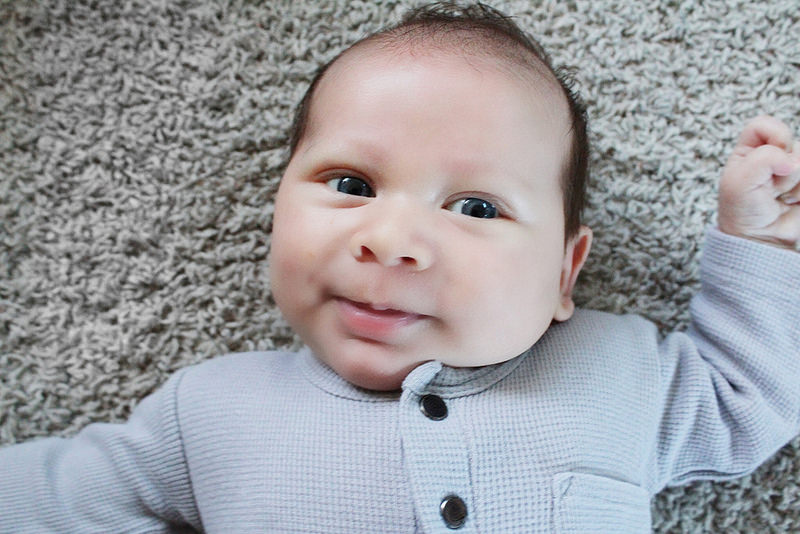 But instead of moving forward, they actually sort of launch themselves backwards!
But instead of moving forward, they actually sort of launch themselves backwards!
They may look like a little inchworm in reverse for a short period of time. In order to move forward, they have to figure out coordinating the opposite arm and leg.
This is important for a whole host of reasons neurologically, and is why babies should not actually skip crawling. According to CogniKids, crawling is the most important milestone.
They list reasons such as:
- Physical development/strengthening for all the major muscles in their body
- Brain development (encourages crossing midline which indicates that both sides of their brain is working together)
- Vision develops both near and far
- Coordination and balance
- Builds confidence as it encourages them to interact more with their environment and fosters their curiosity
This milestone happens somewhere around 7-10 months. It takes a little bit of time to figure out that coordination!
Some signs that your little one is starting to figure out crawling include:
- Getting in and out of a sitting position
- Transitions from sitting to all fours
- Rocking on all fours
- Propping up on their forearms when on their belly
- Maintaining their balance while reaching on all fours
- Crossing midline by rotating their trunk
- Pivoting on their belly by pushing up on their arms and turning
Some babies will learn to crawl in other ways outside of traditional crawling, however you should still encourage your little one to crawl on hands and knees!
They may do an army crawl (pulling themselves with their arms while staying on their belly), crab crawl (bends one knee and pulls with one arm), or only rolling where they want to go!
If you need to encourage your little one to crawl on hands and knees, some fun activities include:
- Supporting their chest so they maintain an all fours position
- Letting them play in front of a mirror
- Use their favorite toy to entice them
- Give them plenty of free time (meaning no containers like bouncers, jumpers, exersaucers)
- Allow your baby to play in different positions (sitting, on their sides, etc)
- Crawl with your baby (so hold their belly up while they move their arms and legs)
Around 3-5 months old, you will be able to hold your baby upright and they will be able to support weight on their feet for short periods of time.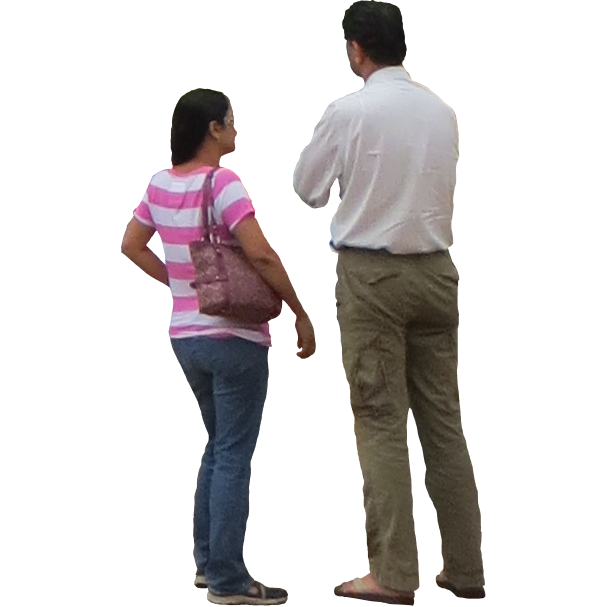 You are still supporting most of their weight for them.
You are still supporting most of their weight for them.
They may bounce up and down a little bit too! This movement allows for them to get used to weight bearing positions, strengthen their legs and stretch out their hips (remember all that flexed time they spent in the womb?).
Now is probably the time to learn about container syndrome. A container is anything that limits the movement of a baby. They are usually able to start using these around 4-6 months of age, depending on the manufacturer.
This is important because time spent in a “container” is time that is not spent exploring and figuring out how their body works. Going from sleeping in a car seat (necessary while in a car), to sitting in a high chair (which is necessary too), to standing in an exercauser, and then laying in a nursing pillow… It really starts to add up!
Containers can prevent your baby from learning the correct way to do things like stand and walk. They promote poor posture and alignment in general.
Does that mean you should never use those things? Absolutely not. In today’s world, we need a safe space for babies to entertain themselves for short periods of time. We do not have a “village” needed to occupy a baby for all hours of the day.
It is just important to be mindful of giving adequate floor time for our little ones to explore their world, learn how their body moves, and allow them to naturally develop.
So when do babies stand with support? Very early on, and it builds from there!
Their leg muscles will continue to get much stronger as they become more proficient at standing and bearing weight in their legs. That means they will be able to support their weight in standing.
Around 5-6 months, their legs can start to support most of their weight (meaning you won’t be supporting them as much). They start to bounce around 6-7 months old.
Next up, pulling up to stand!
When do babies pull up to stand?Between 8-12 months, your baby is becoming super mobile! Remember that each skill builds on the last and each one is just as important.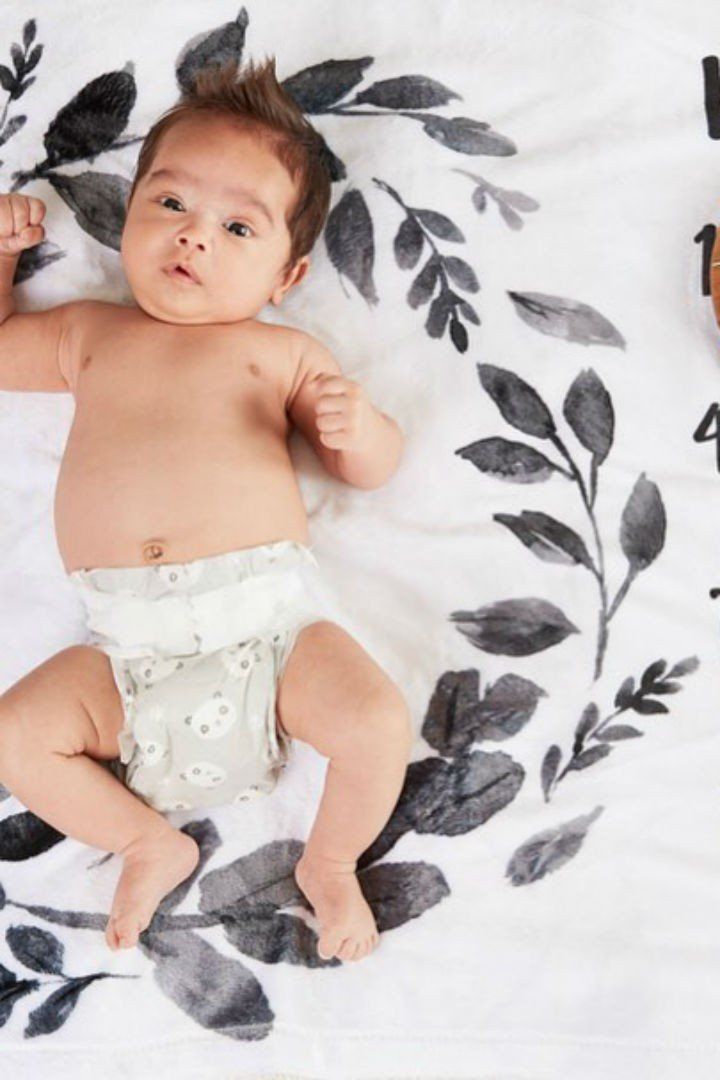
This can lead to some baby sleep regressions.
They will start to crawl to surfaces of varying heights and pull themselves up. They may start with a low surface and work their way up to a higher surface. In order to practice this skill, you may remove the cushion from a couch and let them pull up on that low of a surface first.
This is also the time you want to make sure your crib mattress is on it’s lowest setting before they start to practice their skills in the crib.
When do babies stand up unassistedBriefly (like three to five seconds) standing without support can happen between 9-11+ months. They are experimenting with balance at this age.
Stay ready and close by to catch them in case they lose their balance!
As they become more confident and develop their balance, they will be able to stand for longer periods of time without assistance.
Between 11-14+ months, they will be able to stand for 10+ seconds with a normal posture and balance. They will appear more relaxed and confident in this position.
They will appear more relaxed and confident in this position.
This milestone has a very wide range for “normal.” You child may begin walking/taking steps as early as 9 months or as late as 17 months!
If your baby skipped traditional crawling, they may take a little longer to start walking without help.
Another important condition to familiarize yourself with is called Nursemaid’s Elbow. This is an injury that happens when pulling a child up by their hand or wrist.
When supporting children with walking, try to not hold their hand/wrist above their head. When they fall or lose their balance, your natural instinct is to pull them back up. That pulling motion can cause a dislocation of their ulna at their elbow!
It is best to support them by standing in front of them and holding their hands out in front of them or under their armpits instead.
Baby standing too earlyA popular myth is that letting your baby stand will make them “bowlegged. ” This is not true at all!
” This is not true at all!
Young babies are learning how to bear weight on their legs and find their center of gravity, so letting your child stand or bounce is both fun and developmentally stimulating for him.
Baby standing at 2 months, Baby standing at 3 months, Baby standing at 7 months?Babies standing at these ages all look very different! At 2 months, your baby will likely not straighten their legs enough to actually bear weight on them. They may be ready for that closer to 3 and 4 months old.
At 7 months, they will bear weight on their legs with their feet flat on the floor or your lap for short periods of time but still with a lot of help!
Baby standing up toys & baby standing walker?Please note that your baby can learn to stand without the use of toys! However, where is the fun in that?
You want to be mindful and intentional about the toys that you are introducing to your little one. Ones that allow them to move around and explore as opposed to ones that restrict their movement and can lead to container syndrome.
This is where it is okay to spend a little extra money because you can purchase intentional toys that grow with your little one, and not ones that just take up space. We are all about multi-functional!
The two main toys that are beneficial for helping your child develop are things like walker wagons and pull up bars.
Choosing toys with a wide base, are heavy (prevents them from tipping over with all the extra weight your child puts on them), high quality (lasts longer) and are multi purposeful.
Another helpful tool is the infant coordination mirror. The mirror can be used from birth so it truly grows with your child.
The pull-up bar allows for your child to learn to stand independently. The mirror is intriguing and allows them to increase their self-awareness!
The Radio Flyer wagon has a sturdy, wide base that can be used for multiple things. When your baby is learning to stand, they will be able to pull themselves up using the handle.
This toy also grows with them, meaning they will get a lot of use out of it in the various developmental stages that they go through.
Toys that you may want to avoid (no judgement if you have these in your house!):
- Plastic walkers; this is because they are very lightweight, and the wheels do not provide any traction. That can be dangerous because it could tip over very easily, they could fall over if they get to moving too fast, and an increased risk of injury if they go through a slippery surface.
- Lightweight walkers; even if you buy a wooden one, they are not all created equal!
- Saucer shaped walkers/toys; most child development professionals do not recommend the use of these products because they can cause an increase risk for hip dysplasia, possible developmental delays, and weaker hip muscles.
The American Academy of Pediatrics (AAP) has actually called for a ban on infant walkers due to the injuries that occur each year from these devices.
Their biggest concerns are using them around stairwells and gaining access to things on counters that they would not have otherwise.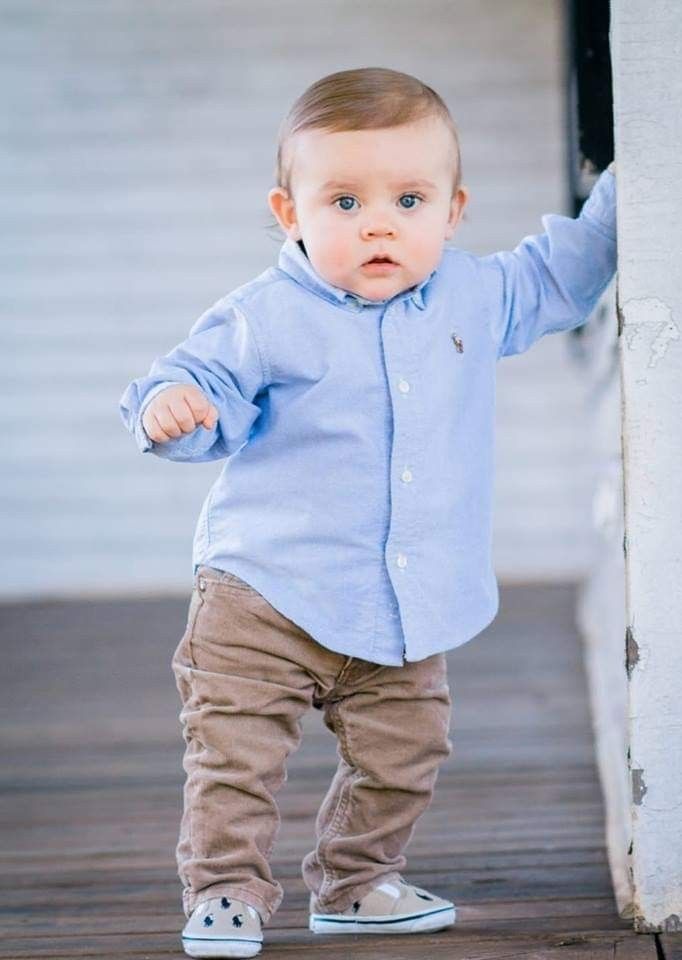
According to an article in the AAP’s journal, “In 1997, a voluntary standard called for walker frames to be wider than doorways. Tougher safety standards became mandatory in 2010, but the Academy has pushed to ban the walkers due to the hazards they present.”
Of course childproofing the home is common sense, but it is easy to overlook some things sometimes! We are all human.
The AAP is also concerned with the developmental delay that infant walkers can lead to. You can read more about the risk of developmental delay by using walkers in this article.
More research is available in this article about developmental delays both physically and mentally when using “tray walkers.”
Basically, there is no advantage to using those walkers and a slight risk when you do use them.
I think with everything in life, things like infant walkers are okay in moderation when they are counteracted with a lot of free time on the floor and your home is properly childproofed to prevent injury!
Takeaways about the Baby Standing Milestone?
This is another milestone that happens slowly as they develop and get stronger.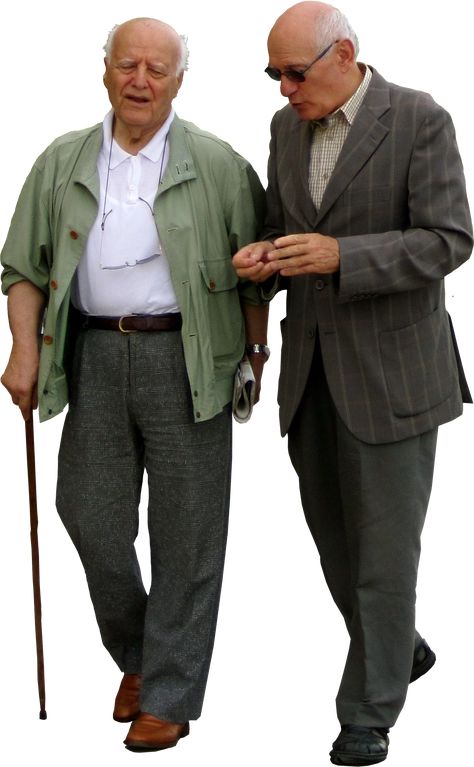 Building a good foundation of tummy time/floor time from birth will aid in your child developing the skills to become more proficient in other skills!
Building a good foundation of tummy time/floor time from birth will aid in your child developing the skills to become more proficient in other skills!
As always, if you are ever concerned about your child’s development, please speak with your physician. In most, if not all states, an evaluation with early childhood intervention is free and can help you get the resources you need if it is warranted, or peace of mind if it is not.
Author Bio: Ashley Olson is a certified pediatric sleep consultant, owner of Heaven Sent Sleep, and passionate about helping new parents, experienced parents, desperate and sleep-deprived parents form healthy sleep habits for their children.
She has over 3 years of experience in working with families and has completed over 150 hours of coursework plus continuing education related to infant and toddler sleep. The focus of her work is on fostering a routine that grows your bond with your child while improving their sleep habits. She specializes in custom sleep plans and one on one support in changing sleep practices!
Developmental milestones: standing - BabyCentre UK
In this article
- When will my baby be able to stand?
- How will my baby learn to stand?
- Once my baby can stand, what will he do next?
- How can I encourage my baby to stand?
- My baby is almost 12 months old and isn’t standing yet.
 Should I be worried?
Should I be worried?
The view from the top can be very exciting for your baby! Learning to stand opens up yet another new world to explore and it’s vital for his development and independence.
Encouraging your baby to stand and enjoy his new point of view will stimulate and engage him. It’s also that all-important first step towards walking.
When will my baby be able to stand?
Before your baby can stand he will need to gain muscle strength and coordination, which will also help him learn to roll over and sit on his own.
At around six months your baby will be able to sit with some support from you and by seven or eight months he should be able to sit comfortably on his own (Sheridan 2014). At around the same time you should be able to help him to stand up by gently pulling him up and then giving him support (Sheridan 2014).
Between seven months and a year your baby should move on to pulling himself up.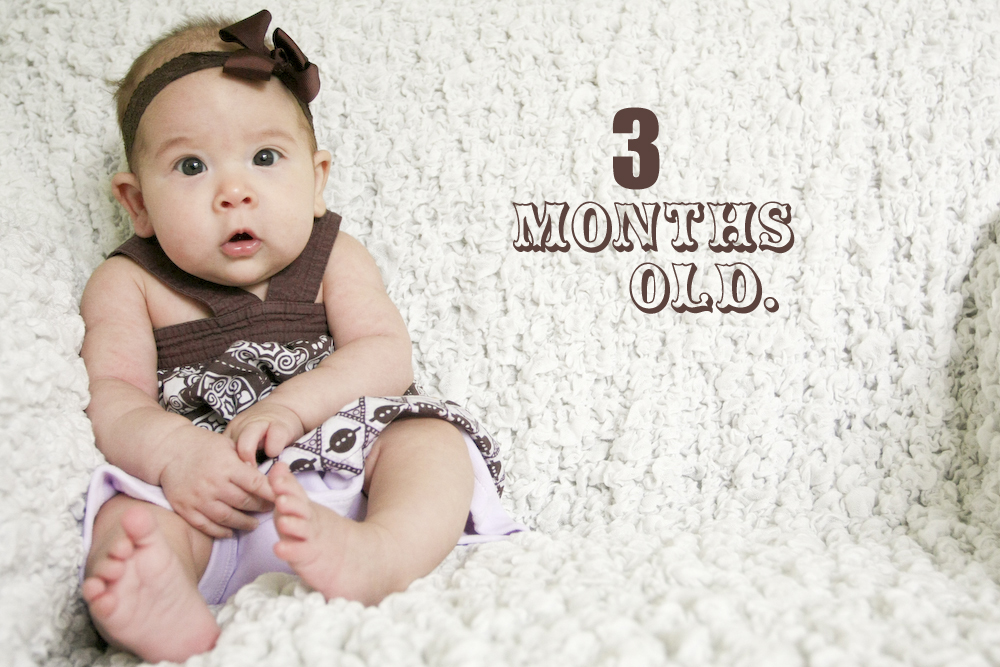 He may only be able to stand for a few moments before he falls backwards with a gentle bump (Sheridan 2014). Keep an eye on your baby at this stage. He’s unlikely to hurt himself falling backwards in a cleared space but it may give him a fright. Be ready to give lots of cuddles, kisses and reassurance.
He may only be able to stand for a few moments before he falls backwards with a gentle bump (Sheridan 2014). Keep an eye on your baby at this stage. He’s unlikely to hurt himself falling backwards in a cleared space but it may give him a fright. Be ready to give lots of cuddles, kisses and reassurance.
Around his first birthday, confidence and balance will help your baby to achieve his ultimate goal of standing alone without any help from furniture or people (Sheridan 2014).
How will my baby learn to stand?
Newborn to two months
From birth, your baby has the reflexes needed to 'stand' by bracing his legs and feet against a surface (Sheridan 2014). If you hold your newborn upright on your lap, supporting his head, you'll feel him pushing gently against you. He's not trying to walk, it's just basic instincts kicking in (Sheridan 2014). For now, his legs aren't nearly strong enough for him to stand. This reflex will disappear after a couple of months (Sheridan 2014).
Three months to six months
At three months this reflex has been replaced and your baby will be starting to put weight through his legs. Naturally, your baby doesn’t have enough strength at this age to stand, so if you hold him in a standing position and put his feet on the floor he’ll sag at the knees.
In a few months he will have the strength to bear his weight and may even bounce up and down when you hold him with his feet touching a hard surface.
By the time your baby is about six months old, he’ll take his own weight if you support him to stand up (Sheridan 2014). You can see how excited your baby is when you gently pull him to standing. Watch him look around for your approval.
Try letting your baby balance his feet on your thighs. Watch him bounce up and down with delight. Bouncing will become a favourite activity over the next couple of months.
Six months to 10 months
Between seven months and 12 months, your baby will probably start trying to pull himself up to stand while holding on to furniture (Sheridan 2014).
By seven months his muscles will be strong enough to stand but he won’t have the balancing quite right (Sheridan 2104).
If you prop him up next to the sofa, he'll hang on for support. Initially this will be a huge effort for him. With his legs wide apart and his body bending forward, he’ll grunt and strain against gravity. He may even teeter as he clutches the edge of the sofa.
You can help make your baby safer by clearing the space around him of toys and sharp objects, and laying a few cushions on the floor in case of a fall.
Learning how to fall is an important part of mastering standing and walking. You can see this process starting at around six months. When you're supporting your baby in a standing position, he’ll put his arms out to save himself if he tilts off balance (Sheridan 2014). A month later he will have learned to put his arms and hands out to help him gently fall to the ground on his front (Sheridan 2014).
At nine months your baby may find pulling himself up to stand is becoming easier.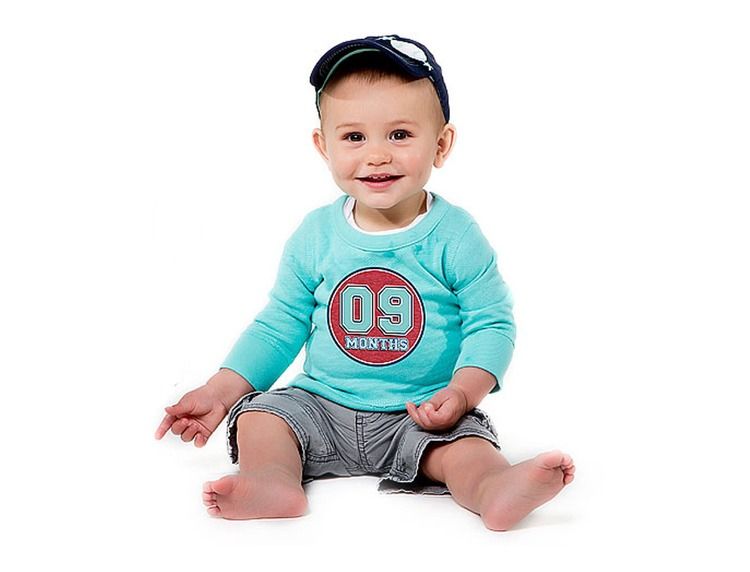 However, he may still be unable to lower himself, instead falling backwards with a gentle bump (SOMPAR 2014).
However, he may still be unable to lower himself, instead falling backwards with a gentle bump (SOMPAR 2014).
When your baby pulls himself up on the furniture he’ll stand on his toes first. With some practice he’ll eventually stand flat on his feet, which makes him more stable (Sheridan 2014).
Learning to stand will soon become second nature. With something to hold on to, your baby will soon pull himself up with ease.
10 months to one year
At about a year old your baby may be able to stand independently. He may even begin to work out how to bend his knees and learn to sit down after he’s been standing (Sheridan 2014). This is harder than you may think!
Once my baby can stand, what will he do next?
Once your baby has learned to stand he will do so for as long as he can. Upright, he will discover a whole new world to explore.
If he falls on a carpeted floor or a soft surface, this probably won’t hurt him. However he may still cry in frustration rather than in pain. The thrill of standing is gone and that’s what hurts!
However he may still cry in frustration rather than in pain. The thrill of standing is gone and that’s what hurts!
As your baby gets better at standing, he'll start to cruise (moving around upright while holding on to furniture). He may then feel confident enough to let go of any support and stand on his own or be able to take small steps when you hold his hands. Your baby may even bend down to pick up a toy when he’s standing.
How can I encourage my baby to stand?
Your baby needs to get the hang of standing and pulling himself up from sitting. You can help by giving him lots of practice at standing – on your knees when you’re sitting down or leaning against the cushions at the back of the sofa (SOMPAR 2014). If you put toys just out of reach on the sofa when your baby is on the floor, this will encourage him to pull himself up to get them (SOMPAR 2014).
Here's how you can give your baby some standing up practice:
- Kneel or sit on the floor in front of a sturdy coffee table or a low sofa.
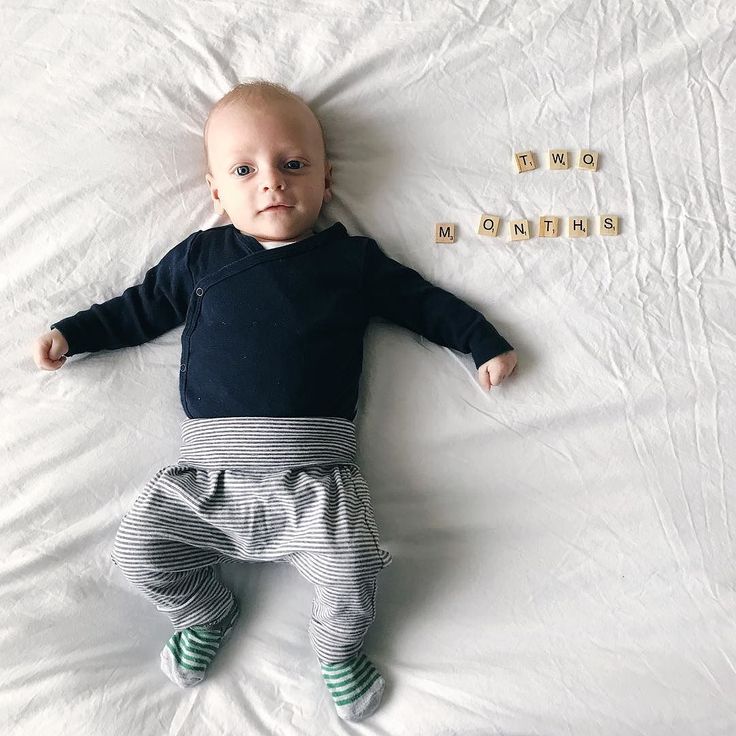 Put some favourite or interesting toys on the furniture.
Put some favourite or interesting toys on the furniture. - Sit your baby on your knee with his feet on the floor.
- Encourage him to reach forward and hold onto the furniture.
- Put your hands around his hips and help him to stand by moving his hips forwards as he straightens his legs.
(SOMPAR 2014)
Here are some other tips to help him get on his feet:
- Let your baby roll, crawl, bottom shuffle or cruise whenever you can. Exploring his environment will stimulate his natural curiosity, encouraging him to reach and grasp.
- Set up play dates with friends or relatives with children. Playing alongside babies of a similar age will encourage your baby to imitate his peers. Plus, it’s more fun!
Be your baby’s biggest fan
Lots of encouragement, clapping and smiling from you will give your baby the confidence he needs to try new things. As he learns to stand, he may need some help working out how to sit down again.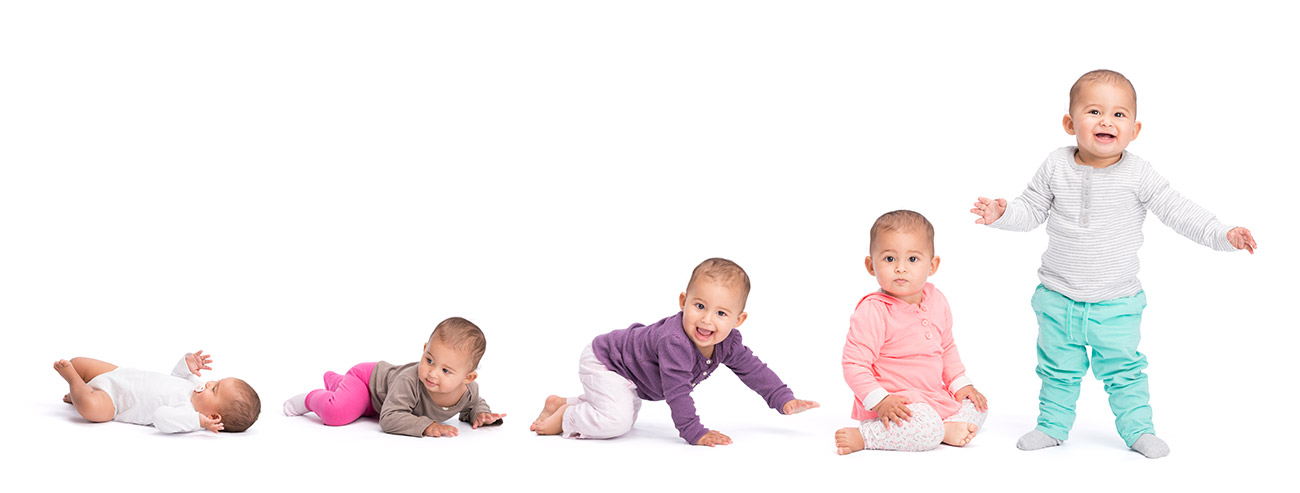 If he gets stuck and cries in frustration, resist the urge to pick him up. Show him how to bend his knees and encourage him to try it for himself.
If he gets stuck and cries in frustration, resist the urge to pick him up. Show him how to bend his knees and encourage him to try it for himself.
My baby is almost 12 months old and isn’t standing yet. Should I be worried?
If your baby isn't able to put weight on his legs and stand by the time he’s a year old, or you’re worried about how he’s developing, talk to your doctor or health visitor (Harding 2014). Babies develop skills differently, some more quickly than others. Usually there’s nothing to worry about (Harding 2014).
If your baby was born early (before 37 weeks of pregnancy), keep in mind that he may reach this and other milestones a little later than other babies (AAP 2017).
Learn more about the other milestones your baby may reach from birth to six months and from seven months to a year.
References
AAP 2017. Preemie Milestones. American Academy of Pediatrics.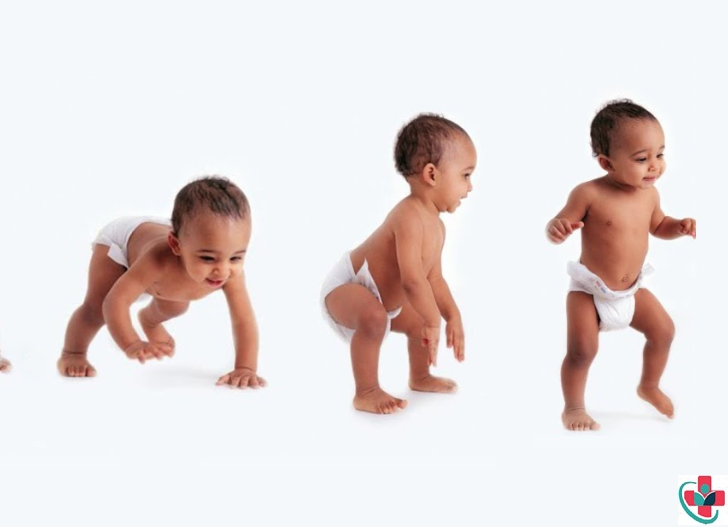 www.aap.org [Accessed June 2018]
www.aap.org [Accessed June 2018]
Harding M. 2014. Delay in Walking. Patient UK. www.patient.co.uk [Accessed December 2014]
Sheridan M. 2014. From birth to five years: children's developmental progress. London: Routledge.
SOMPAR. 2014. Helping a baby develop standing and stepping. Somerset Partnership Trust. www.sompar.nhs.uk [Accessed June 2018]
Show references Hide references
How to properly hold a baby in your arms
Bagdasaryan Kristina Genrihovna
Obstetrician-gynecologist, Ultrasound specialist
Clinic "Mother and Child" St. Petersburg
So, how to take the child from the supine position. Grasp his chest with both hands - thumbs in front, and the rest hold the back. If the baby is not yet able to hold his head, support it with your index fingers. Gently lift your baby up. Do not forget, your face turned to the child should always express the kindest feelings. Talk to the baby, tell him what you are doing, the voice should not be very loud, gentle.
Talk to the baby, tell him what you are doing, the voice should not be very loud, gentle.
Those who take a small child in their arms are divided into two categories: relatives who live with him under the same roof, and visitors. You should not allow a visitor to the child who has not taken off his outerwear, hat, street shoes, has not washed his hands with soap, has not freed his hands from rings, rings, watches, bracelets. The baby can be frightened by sharp extraneous odors, for example, the smell of tobacco, alcohol, perfume.
Sick people should not be allowed near the child - coughing, sneezing, as well as complaining of indigestion, suffering from skin diseases.
Even if loving relatives have come a long way on trains and planes to visit the baby, be persistent and keep the guests “in quarantine” for several days - will the infection picked up on the road show up? They may be offended, but the child will remain healthy! In order to more reliably protect the psyche and immune system of the child, it is useful in his first six months of life to limit the circle of people admitted to him.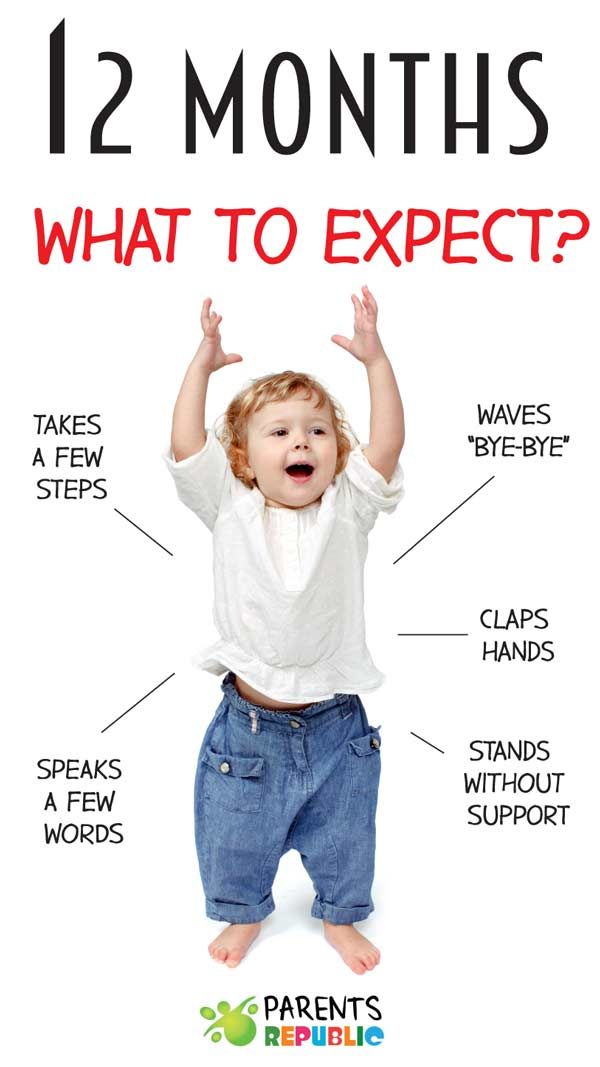 These are the rules, and no one - neither the formidable mother-in-law, nor the neighbor, nor the beloved boss - deserves an exception.
These are the rules, and no one - neither the formidable mother-in-law, nor the neighbor, nor the beloved boss - deserves an exception.
Some parents take the baby in their arms with unthinkable precautions, others, on the contrary, snatch it from the crib so famously. All these are extremes. So how should it be?
- do not make sudden movements when holding the baby
- never take it with one hand - only with both
- do not raise or lower the baby quickly, rapidly
- do not take it out of the crib by pulling on the handles
The position of the baby in the arms of the mother (or another adult), first of all, depends on his age, as well as on whether he will sleep or be awake. Up to 2-2.5 months (and sometimes longer), the baby’s head must be supported, so in a horizontal position (face up), arrange the baby on your arm so that the back of his head lies on your elbow, the back rests on your forearm, and your hands should support the buttocks and hips of the baby. You can put the baby on your forearm and stomach. In this case, the baby's head should be in the crook of the elbow, and your hands will close on the baby's stomach, and one hand will pass between the legs of the little one. If you want to hold the child in an upright position, for example, in order for him to burp excess air, then support his head and back: put one of your palms on the back of the baby’s head, with your forearm firmly press his body to you. With the other hand, fix the buttocks of the crumbs. In no case do not sit the child on your arm until he has confidently mastered the skill of sitting, which happens on average at the age of 6 months. From 2.5-3 months, you can already carry the baby, turning him away from you, holding him with one hand at chest level, with the other at hip level.
You can put the baby on your forearm and stomach. In this case, the baby's head should be in the crook of the elbow, and your hands will close on the baby's stomach, and one hand will pass between the legs of the little one. If you want to hold the child in an upright position, for example, in order for him to burp excess air, then support his head and back: put one of your palms on the back of the baby’s head, with your forearm firmly press his body to you. With the other hand, fix the buttocks of the crumbs. In no case do not sit the child on your arm until he has confidently mastered the skill of sitting, which happens on average at the age of 6 months. From 2.5-3 months, you can already carry the baby, turning him away from you, holding him with one hand at chest level, with the other at hip level.
Depending on the age of the child, there are 6 ways to hold him in your arms.
Hanging. This method is good for babies up to 3 months old, when they still have trouble holding their head. With one hand support the neck and back of the baby's head, with the other - the buttocks, while his torso may be slightly bent, and his face turned towards you. This situation opens up scope for the much-needed emotional contact with the mother and other loved ones for a small child. Do not forget that in order to avoid the development of one-sidedness, the baby's head must be supported either with the left or with the right hand - periodically changing them.
With one hand support the neck and back of the baby's head, with the other - the buttocks, while his torso may be slightly bent, and his face turned towards you. This situation opens up scope for the much-needed emotional contact with the mother and other loved ones for a small child. Do not forget that in order to avoid the development of one-sidedness, the baby's head must be supported either with the left or with the right hand - periodically changing them.
On the arm. Ideal for babies aged 3-6 months, although you can keep your baby this way almost from birth. He rests his head on your shoulder, you hold his feet with your hand, and your arms with your forearm. With your other hand, you support the baby under the buttocks. At the same time, the child's legs should be bent at the knee and hip joints and bred. Don't forget to alternate hands.
In front of the bust . Starting from 6 months, this way of holding the baby provides him with the same position as in the position on the back. The baby leans back against your chest, his legs are bent and divorced, the soles are in contact. Hold the baby's shins with your thumbs, the feet with the index, middle and ring fingers, and the buttocks with the little fingers. This position is useful for the development of the child: as well as on the back, he can play with his legs, improving movements, mastering his body and gaining an idea of \u200b\u200bspace.
The baby leans back against your chest, his legs are bent and divorced, the soles are in contact. Hold the baby's shins with your thumbs, the feet with the index, middle and ring fingers, and the buttocks with the little fingers. This position is useful for the development of the child: as well as on the back, he can play with his legs, improving movements, mastering his body and gaining an idea of \u200b\u200bspace.
In front of the stomach . In children from 7 months old, this method allows you to reproduce crawling in a plastunsky way - a motor skill that they just need to master at this age. With one hand, take the child under the chest, and pass the other between the legs, supporting the stomach. Don't forget to switch hands.
On the side. Suitable for babies from 10 months, when they are already sitting confidently. Take the child so that he wraps his legs around your side, and rests his back on your forearm. You should support the baby's knee with your hand, giving it a slightly bent position.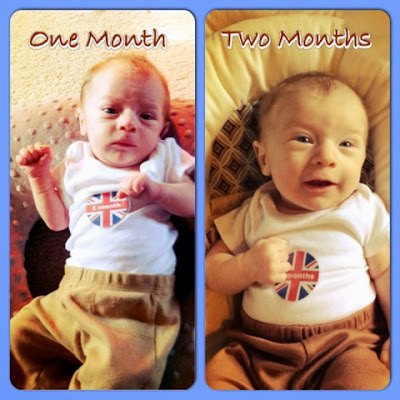 One arm of the child is on your chest, the other is free. Please note: you need to wear a child in this position alternately from one side to the other.
One arm of the child is on your chest, the other is free. Please note: you need to wear a child in this position alternately from one side to the other.
And, finally, a universal and completely international way to carry children of any age. Holding the palm of your right hand under the breast of the baby, firmly press his back to your chest. With your left hand, grasp the child's right thigh, bending his legs at the hip joints. Please note: the weight of a child under 6 months should not fall on your hand supporting the baby's pelvis - this is harmful to his spine and can ruin his posture in the future.
The baby grows, his body weight increases, and it becomes difficult to carry the baby in his arms for a long time (especially after 3 months of age, when the weight of the child reaches an average of 7 kg). Here, assistive devices for carrying children, such as a baby sling and a kangaroo backpack, can help out for a while. A baby sling is a modern modification of a piece of fabric that provides close physical contact between mother and child.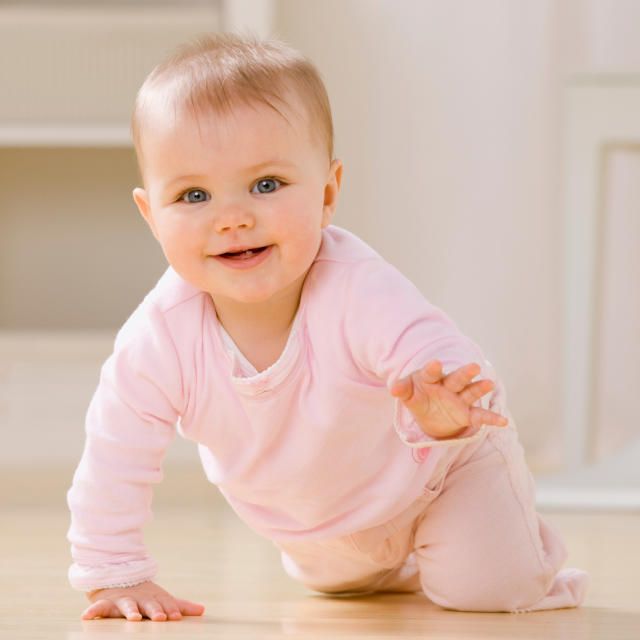 In addition, with it, if necessary, it is easier to breastfeed a child while on the street or in another public place. You can use a baby sling from birth to a year and a half. It all depends on the weight of the baby and your physical capabilities. It is also very important to find the optimal position for the child and for the mother, which would provide both with maximum comfort. The basic positions of the baby in a baby sling are horizontal, with support for the spine, and (for older children) raised vertical or sitting, when the baby is tightly pulled by the fabric. A kangaroo backpack can be used only after the baby learns to hold his head confidently and his back muscles get stronger. Preference should be given to backpacks with a rigid back. But, nevertheless, you should not get too carried away with a baby sling and a kangaroo backpack. Firstly, it is still more useful for the baby to lie on the hard mattress of the crib or stroller. Secondly, it is unlikely that the child will like to sleep while sitting in a backpack.
In addition, with it, if necessary, it is easier to breastfeed a child while on the street or in another public place. You can use a baby sling from birth to a year and a half. It all depends on the weight of the baby and your physical capabilities. It is also very important to find the optimal position for the child and for the mother, which would provide both with maximum comfort. The basic positions of the baby in a baby sling are horizontal, with support for the spine, and (for older children) raised vertical or sitting, when the baby is tightly pulled by the fabric. A kangaroo backpack can be used only after the baby learns to hold his head confidently and his back muscles get stronger. Preference should be given to backpacks with a rigid back. But, nevertheless, you should not get too carried away with a baby sling and a kangaroo backpack. Firstly, it is still more useful for the baby to lie on the hard mattress of the crib or stroller. Secondly, it is unlikely that the child will like to sleep while sitting in a backpack.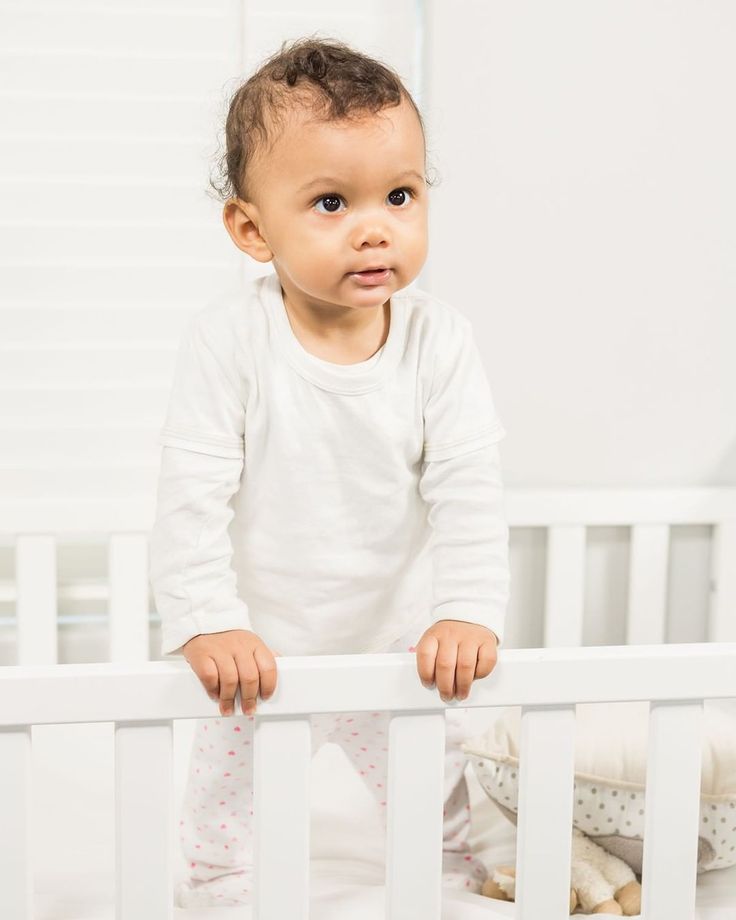 And, thirdly, a long stay of a child in the same position, which causes an uneven load on different parts of the spine, can provoke a pathology of the musculoskeletal system. Therefore, it is not recommended to keep the baby in a baby sling and "kangaroo" for more than 40 minutes a day. When the child grows up a little, you can practice the pose when the baby sits on his mother's side, facing her. The advantages of this position: the mother has one hand free, and the child has an excellent view. If the mother, for health reasons, is not recommended to take the baby in her arms, then you can often put him on her stomach, put him on her knees.
And, thirdly, a long stay of a child in the same position, which causes an uneven load on different parts of the spine, can provoke a pathology of the musculoskeletal system. Therefore, it is not recommended to keep the baby in a baby sling and "kangaroo" for more than 40 minutes a day. When the child grows up a little, you can practice the pose when the baby sits on his mother's side, facing her. The advantages of this position: the mother has one hand free, and the child has an excellent view. If the mother, for health reasons, is not recommended to take the baby in her arms, then you can often put him on her stomach, put him on her knees.
And, finally, many parents are concerned about the question, is it possible to spoil him by often taking the baby in his arms? If the needs of the child are not ignored, they are not denied affection and tactile contact, then this does not mean at all that he is spoiled and poorly educated. Love is not a synonym for bad parenting, especially if we are talking about a baby who is only a few weeks or months old.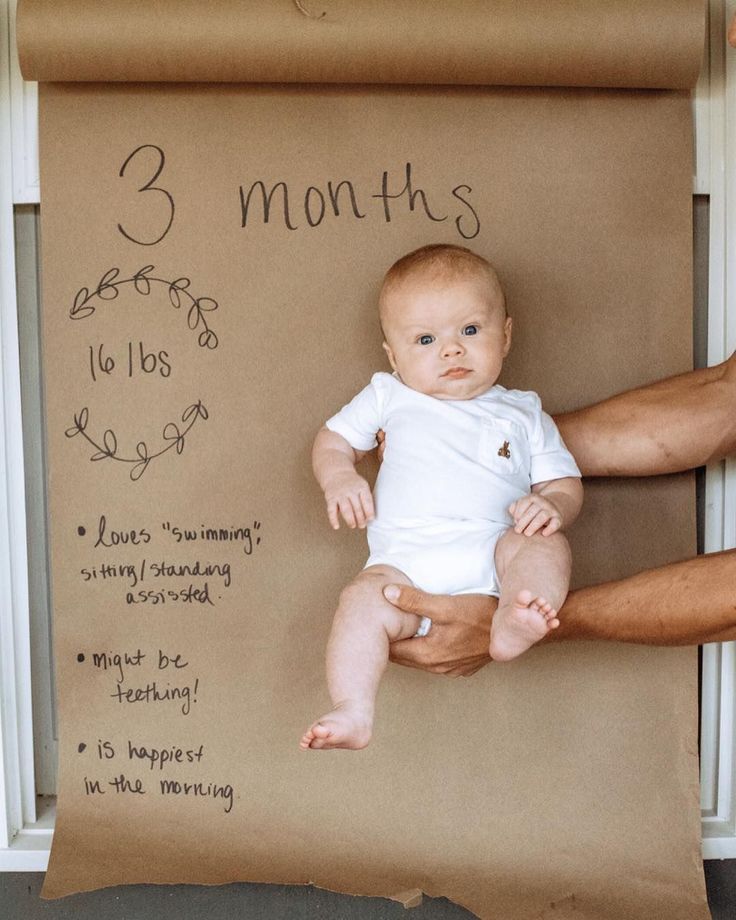 There is an opinion that it is impossible to spoil a child up to 12 months - until this age, all his "whims" are justified by needs, so an adult should indulge the baby in everything. And only when the baby reaches the year, parents should selectively treat his requests - based on what they are caused by. From this age, it is already possible to instill in the baby the concept that not only he, but also the people around him have needs.
There is an opinion that it is impossible to spoil a child up to 12 months - until this age, all his "whims" are justified by needs, so an adult should indulge the baby in everything. And only when the baby reaches the year, parents should selectively treat his requests - based on what they are caused by. From this age, it is already possible to instill in the baby the concept that not only he, but also the people around him have needs.
Harsh parenting methods, according to which taking a child in your arms means pampering him, ignore the natural need of the baby for the constant presence of the mother (or the one who cares for him). While promoting the principle of early formation of "independence", they have significant negative features. Firstly, a child who is deliberately separated from his mother does not develop a trusting, kind attitude towards the world, and this will certainly have a negative impact in his adult life. Secondly, the restriction of bodily contact between mother and baby does not contribute to the emergence of mutual feelings between them.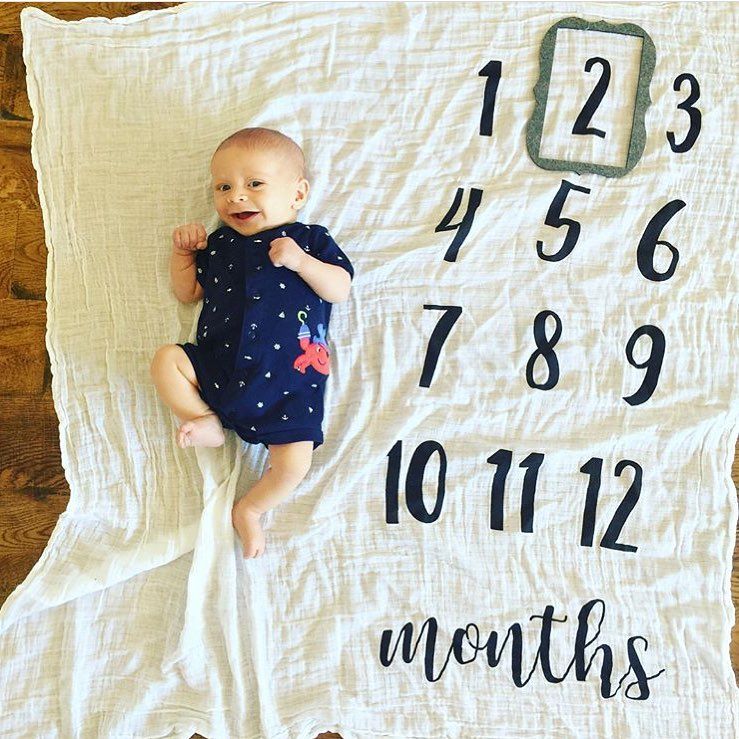 It is not surprising that the child in such cases is perceived as a hindrance to the usual way of life and ordinary affairs. And the baby constantly needs communication and his crying is a call to everyone, and first of all to his mother. Indeed, even in those cases when, it would seem, there are no reasons for tears, the baby may burst into offended or angry crying - because he is not yet ready for loneliness, his biological connection with his mother is still too strong. Thirdly, it should be borne in mind that a strict attitude towards a child, when adults try not to show their feelings and emotions in relation to a child, is not a guarantee of a good upbringing of a child and his further success. Most often, a young mother has a lot of chores around the house. Therefore, if she often takes the baby in her arms, she will have to sacrifice some things. In addition, carrying a child in her arms is also physically not very easy. In general, if desired, there are many reasons for minimizing physical contact with a child.
It is not surprising that the child in such cases is perceived as a hindrance to the usual way of life and ordinary affairs. And the baby constantly needs communication and his crying is a call to everyone, and first of all to his mother. Indeed, even in those cases when, it would seem, there are no reasons for tears, the baby may burst into offended or angry crying - because he is not yet ready for loneliness, his biological connection with his mother is still too strong. Thirdly, it should be borne in mind that a strict attitude towards a child, when adults try not to show their feelings and emotions in relation to a child, is not a guarantee of a good upbringing of a child and his further success. Most often, a young mother has a lot of chores around the house. Therefore, if she often takes the baby in her arms, she will have to sacrifice some things. In addition, carrying a child in her arms is also physically not very easy. In general, if desired, there are many reasons for minimizing physical contact with a child.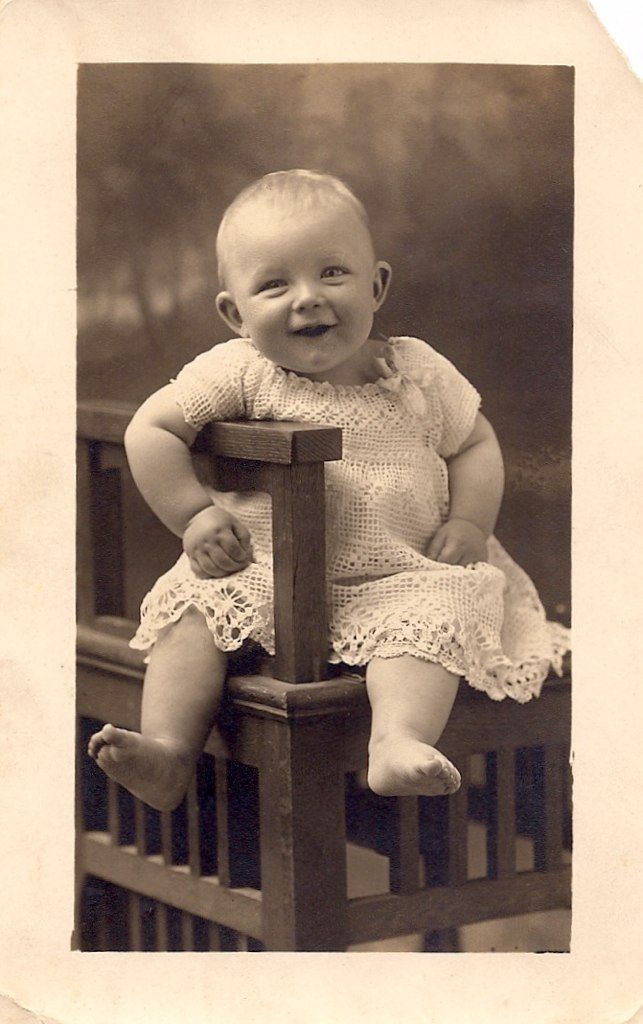 Here you need to prioritize and decide what is more important for you - the daily routine or the development of the child. If you want to properly take care of the child and at the same time not start life, look for helpers-allies with whom you can do everything.
Here you need to prioritize and decide what is more important for you - the daily routine or the development of the child. If you want to properly take care of the child and at the same time not start life, look for helpers-allies with whom you can do everything.
Make an appointment
to the doctor - Bagdasaryan Kristina Genrihovna
Clinic "Mother and Child" St. Petersburg
PregnancyManagement of pregnancyManagement of pregnancy after IVFManagement of pregnancy in Rh-conflictGynecologyDiary of pregnancyImmunological causes of miscarriageConservative gynecologyConservative treatment of cervical pathologyContracts for the management of pregnancyTreatment of miscarriagePlanning pregnancyHLA compatibility
By clicking on the send button, I consent to the processing of personal data
Attention! Prices for services in different clinics may vary. To clarify the current cost, select a clinic
All areasSpecialist consultations (children)Therapeutic research
01.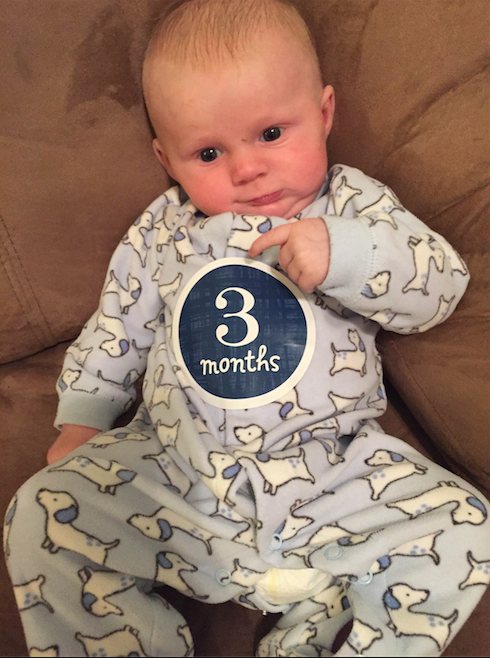
Specialist consultations (children)
02.
Therapeutic research
Nothing found
The administration of the clinic takes all measures to update the price list posted on the website in a timely manner, however, in order to avoid possible misunderstandings, we advise you to clarify the cost of services and the timing of the tests by calling
Movement development of babies (0-6 months)
3 months
Arm and leg
This exercise is best done on a soft surface (sofa, bed). Take the child lying on his back by the right leg and right arm and lift it off the surface, and then gently lower it back.
Side to side
Place your hands under your baby's shoulders and gently rock him from side to side.
Rocking
Child lying on his back. Take it by the right hand and left leg, lift it up and gently rock it from side to side.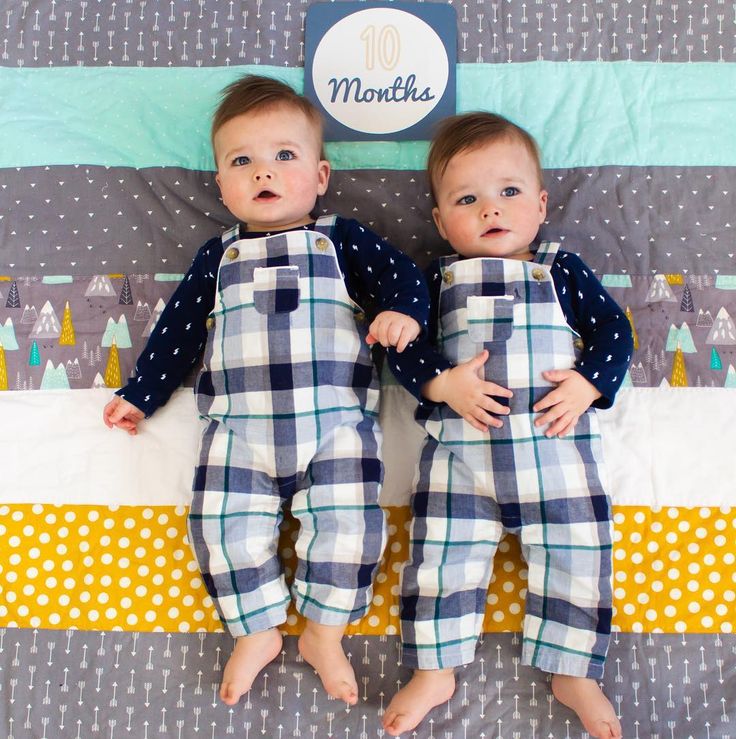 Then take the baby by the other hand and the opposite leg and shake again.
Then take the baby by the other hand and the opposite leg and shake again.
Reaching for a toy
At arm's length, hang a toy or a garland of toys over the baby so that he can reach and hit them. When laying the baby on his stomach, also attract him to the toy lying in front of him, somewhat to his left or to his right. The baby will stretch out the handles, turn in place, try to crawl to get to the desired object. Help the baby by placing your palm on the soles of your feet so that he can rest and push off.
Belly to Belly
Lie on your back and place the baby on your stomach, belly to belly. Talk kindly to your baby. Wanting to see your face and look around, the baby will try to raise his breast and head as high as possible.
Marching with a baby in your arms
Take the baby in your arms and move with him in different rhythms - slowly or quickly walking around the apartment, marching, dancing, springing, spinning, etc.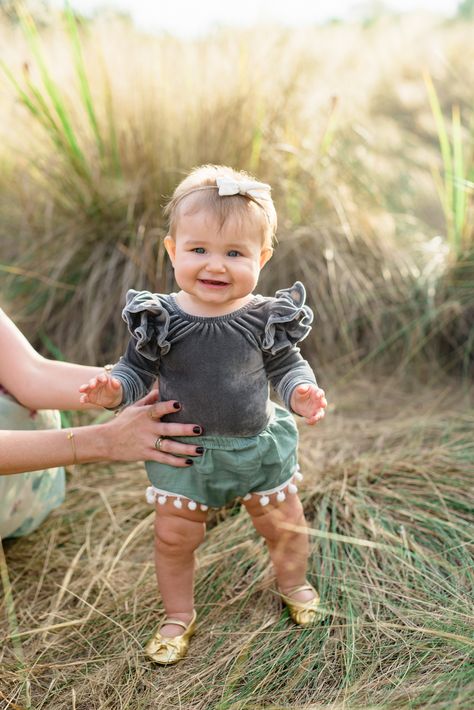
We push off with our feet
When bathing a baby in the bath - put his feet against the wall of the bath - the baby will push off with his feet and "swim away" from the side. While bathing, leave the arms and legs of the baby free so that he can freely wallow in them.
Ring Rattle
Put rattles in your baby's hands. The sound of rattles will make the baby move his arms again and again.
Mom's face
Move the child's hand along the mother's face, saying: "Mom has a nose, cheeks, forehead, eyes."
4 months eggs
Stretches
What do I hear? What do I see?
Lying on his stomach, the child is already leaning on the palms of straightened arms. Take a squeaker toy and "squeak" it to the left of the child, causing him to turn towards the sound. Then to the right, and so on.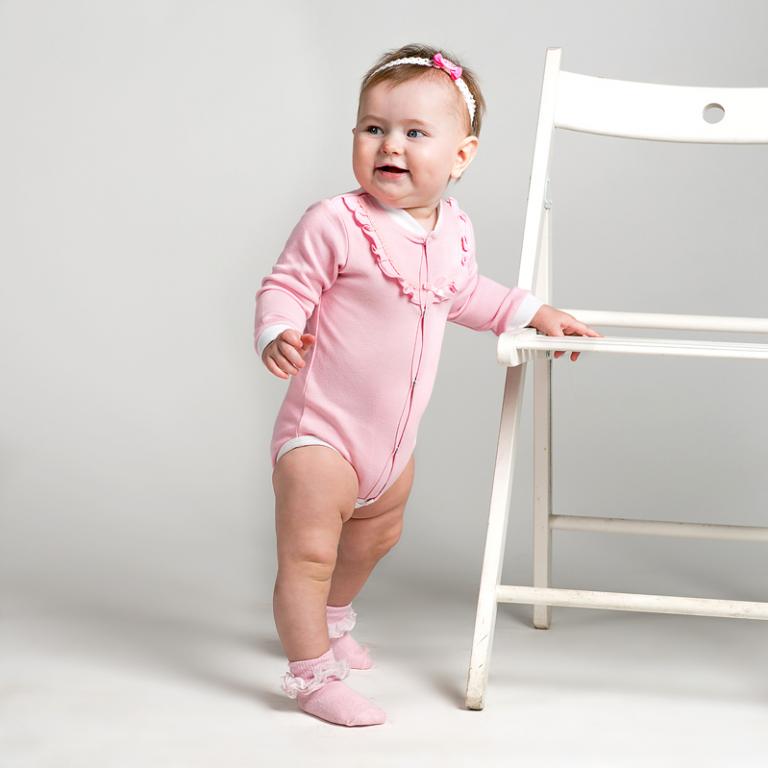 Or roll a ball in front of him from side to side.
Or roll a ball in front of him from side to side.
Tumbleweed in diaper
Lay the baby in the diaper on his back. Lift the right edge of the diaper so that the baby rolls onto its side, then lift the left one and the baby rolls onto the other side.
Rolling
Teach your baby to roll over. Lay the child on a soft surface and roll him to the right, then to the left. Then you can complicate the task: take the baby by the ankle and thigh of one leg, bend it slightly at the knee and “throw” it on top of the other leg, helping him roll over on his side, and then return to his original position.
On the edge of the table
When insuring the baby, place him on the edge of the table so that his head hangs a little. Show your child a bright toy and move it from side to side. Thus, the baby will learn to hold his head for a long time.
Back to mother
Hold the baby against you with its back in an upright position.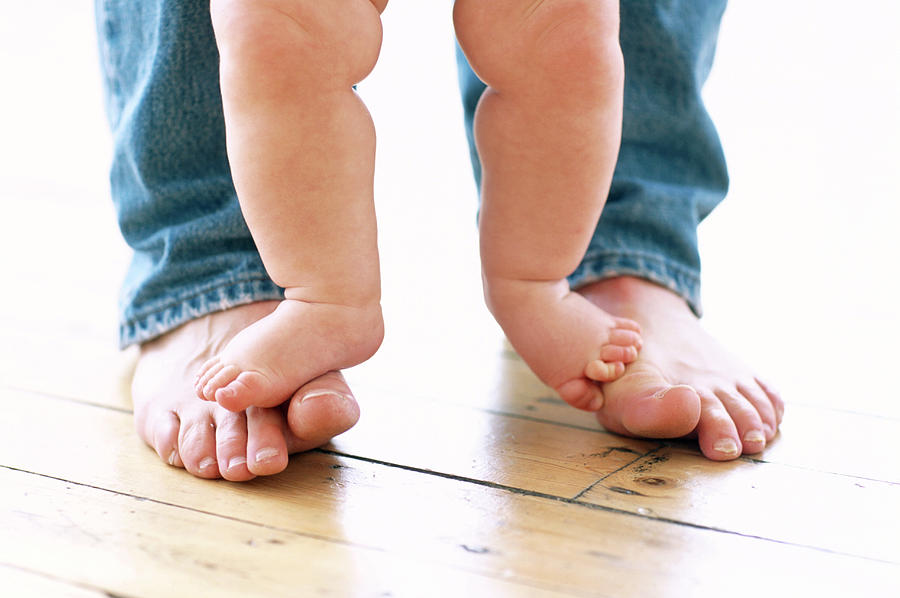 Holding the baby with one hand by the legs and the other under the breast, tilt it forward and return it back again.
Holding the baby with one hand by the legs and the other under the breast, tilt it forward and return it back again.
Who's under the diaper?
Cover the baby with a diaper. The baby will kick his legs, trying to throw off the diaper. At first, of course, help him.
Crawling in the water
Pour some water into the bath, put the baby on the bottom of the bath, tummy down. Ahead, you can place a bright target - to which the baby will need to "swim". Make sure that the baby does not put his head in the water.
5 months
Armpit dancing
Support the armpits of the child, and let him jump, dance, move.
Rolling over
Teach your baby to roll over from back to stomach and back by throwing one leg over the other.
Transferring the rattle
Give the child a rattle in his hand and teach him to transfer it to the other.
Balance
To help your baby learn to balance, rock, lift, toss slightly, gently twist (like an airplane) in a horizontal and vertical position.
Belly on a ball
Place your baby on their stomach on a large beach ball. Rock the ball forward so that the baby's arms touch the floor and immediately return the ball back. Do this exercise several times.
Back to stomach rolls
Throw one leg over the other so that his knee touches the surface on the other side. Turn the baby over on his stomach.
Rolling in a diaper
Place your baby on the diaper with his stomach down. Take the diaper by the edge on the right and lift it up. The baby will roll from his stomach to his side, and then to his back.
Tumbler
Place a tumbler in front of a baby lying on his stomach and rock it, encouraging the baby to reach for the tumbler and rock it too.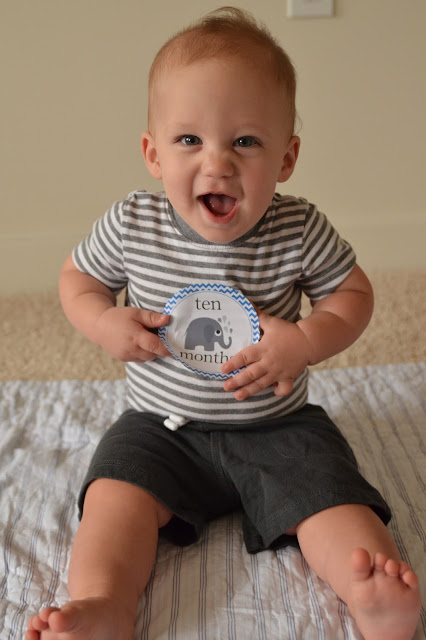
Ribbons
Place the ribbons over the child lying on their back, encouraging them to grab them with their hands.
Cushioned
Place your baby belly down on the rolled up pillow. In this case, the head and arms, as well as the legs, will hang down. This exercise strengthens the muscles of the neck, arms and legs.
6 months
Learning to crawl
Place the baby on all fours, grasp his hips with both hands and bend them under the tummy. Then show the baby how to rearrange the handles. Slightly push the baby, this will help him to master the first movements more easily. To stimulate the desire to crawl in front of the child, put a bright toy that you need to reach.
Learning to stand
Place the baby on its feet near a support that you can lean on and stand on. Or put the baby on the floor and support his armpits.
Learning to sit up
The baby is lying on his back, ask the baby to grab your index fingers.